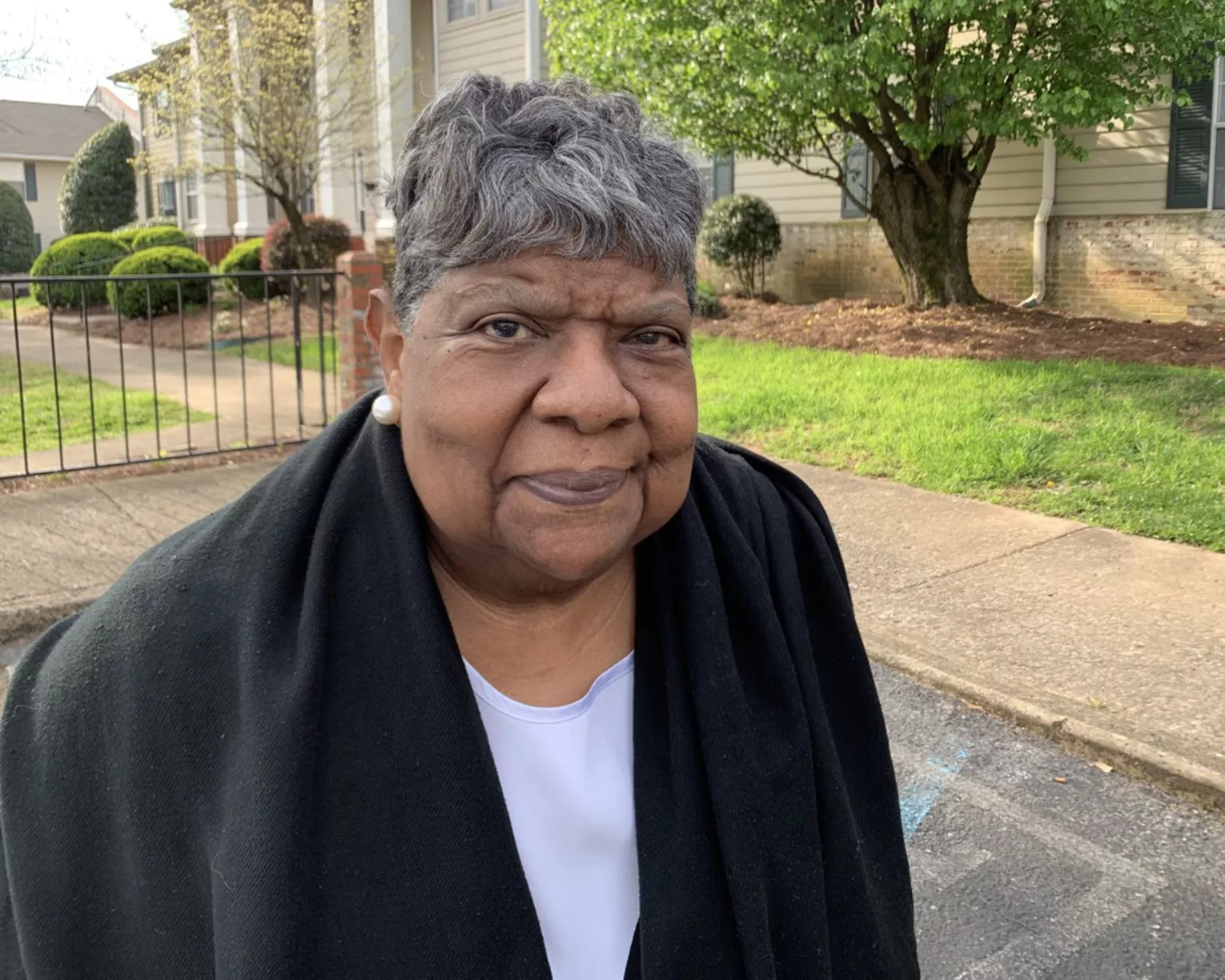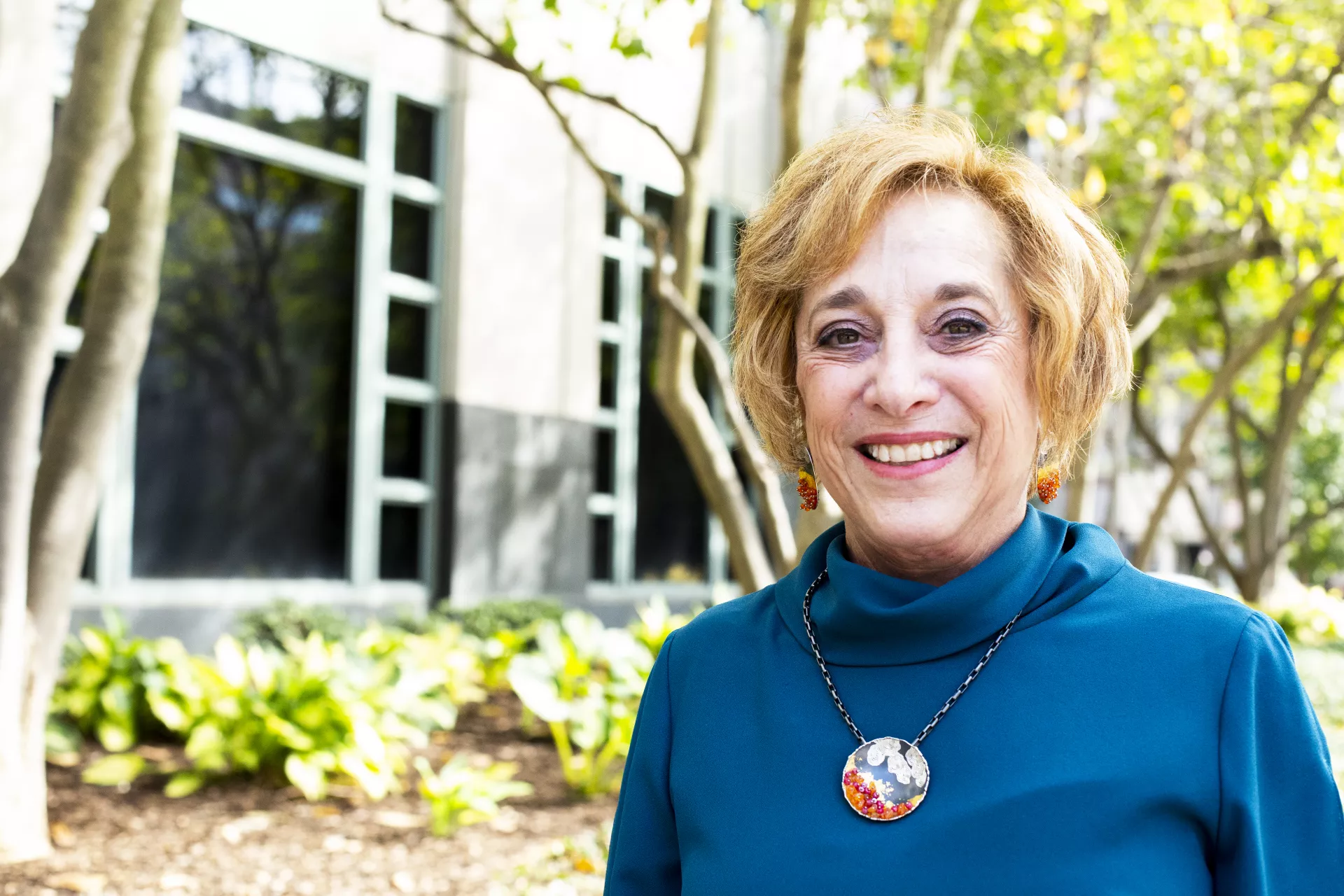When I went to college in the 60s, women didn’t have all the career choices they have now—we were limited. Many either became educators, secretaries, or nurses. Now, women now can do anything they want to do. But for me, teaching is all I ever wanted to do. I loved being in the classroom and seeing my first graders learn to read throughout the year. It was as if the lights went on for them and they suddenly realized, “I can do this. I can read!” To me, that was one of the most exciting moments of my career, and I hoped this excitement would make an impact so they became life-long readers.
While in the classroom, I found my association to be instrumental because it gave me additional knowledge about what was happening and needed in public education. I attended meetings and met people who had the same interest as I did or were facing similar problems. I had an immediate community of people I could talk to and share experiences with. It was a common ground right from the beginning. And it was a comfortable situation. I wasn’t being evaluated on what I asked and I knew my colleagues could help me as much as I needed, and they were willing to do it, too.
Teaching was a life-long career for me, and it should be like that for everyone. Today, educators are leaving within the first five years. It shouldn’t be like that. I get excited to hear what young educators are doing and it’s one of the reasons why I’m so involved now as a retired educator.
Through my local, state, and national involvement on various committees, I get to see the enthusiasm of all these active educators and hear about the projects they’re working on.
It’s important to stay involved and help keep public education alive. As a retiree, I have time to work during the day and the help association.
I’m not ready to be that little old lady, sitting at home, twiddling my thumbs yet. As long as I can continue to stay involved, it helps active educators, students, and our grandchildren.


